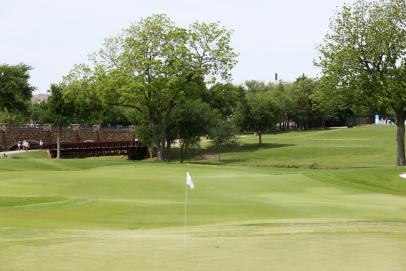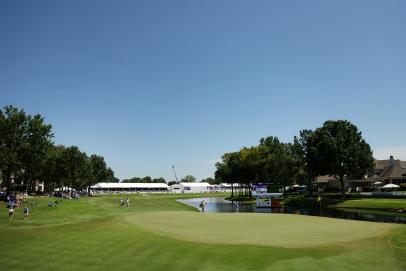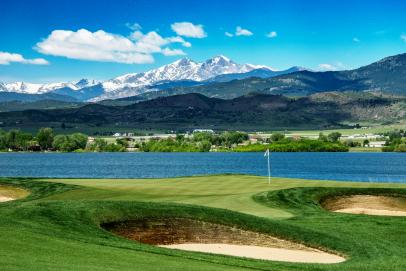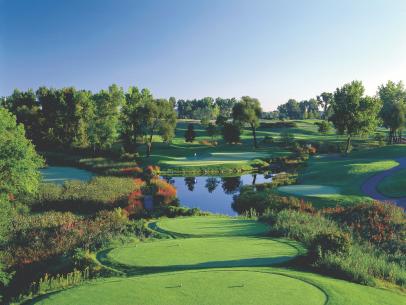Courses
The best TPC golf courses
You likely know that TPC Sawgrass started the Tournament Players Club movement in the 1980s as the first PGA Tour-owned and operated club. But do you know the origin of the concept of stadium golf, and how the TPC golf courses network grew since Sawgrass' debut 42 years ago? Much credit is due to Deane Beman, whose legendary commissionership included the immense expansion of the tour's footprint, which included with a new network of courses. In 1988, the PGA Tour owned eight courses. Today, the TPC network includes more than 30 courses, both private and public-access, with many other facilities either being sold or renamed since.
Is TPC Scottsdale and its raucous 16th hole the true origin of "stadium golf?" Or is it TPC Sawgrass? It's neither in fact—the history of "stadium golf" may have started with a fan named Ford Hubbard who conceived of a "spectator golf course" all the way back in 1947, according to Golf Digest's Ron Whitten. In 1953, Golf Digest ran a diagram of Hubbard's design: a circular course routing, clubhouse in the center, with holes radiating like spokes in a wheel. Surrounding the clubhouse was a circular berm, which had bleacher-like tiers for “Possible Stadium Arrangement.”
Sounds familiar doesn't it?

Chris Condon
Hubbard patented his “Sports Theatre for Golf” idea in 1951, but no one ever bought it. His concept was simply 20 years ahead of its time. In the 1970s, weekly Ryder Cup-type events were held among pro golfers under the International Professional Golf League, which was founded by American Basketball Association co-founder Constantine Seredin and architect William F. Mitchell. Interestingly, Beman, then a tour player, played in at least one of these events. Though he might've had the idea for stadium golf already, the idea pre-dated him in some ways. But the PGA Tour commissioner—who our Jerry Tarde calls the most important sports commissioner of all time for bringing the PGA Tour from a mom-and-pop organization to a global leader in pro sports—deserves the credit for having the vision for creating and running the TPC network.
Here's a look at the best TPC courses—ranked in the order our Golf Digest course-ranking panelists scored them based on our most recent America's 100 Greatest Golf Courses ranking and Best in State rankings.
10 . TPC Scottsdale (Stadium)

9. TPC Michigan
8. TPC Harding Park

7. TPC Craig Ranch

6. TPC Deere Run

5. TPC San Antonio (AT&T Oaks)

4. TPC Southwind

3. TPC Colorado

2. TPC Boston

1. TPC Sawgrass (Player's Stadium)

--Other notables: TPC River Highlands, Cromwell, Conn. -- Home of the Travelers Championship; TPC Sugarloaf, Duluth, Ga. -- Host of the PGA Tour Champions' Mitsubishi Electric Classic; TPC Summerlin, Las Vegas -- Home of the Shriners Children's Open; TPC Louisiana, Avondale, La. - The host of the Zurich Classic of New Orleans; and TPC Las Vegas.


